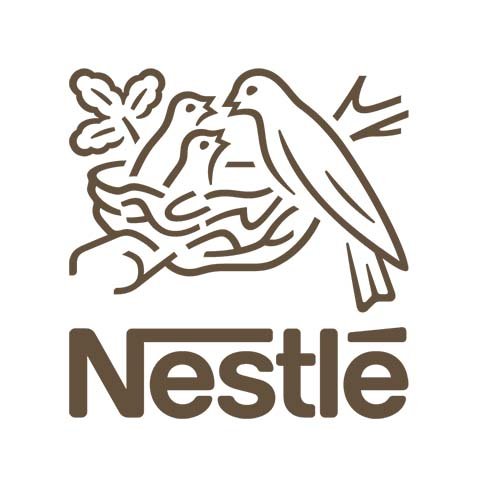
If you haven’t been thinking about the carbon market, you might want to start paying attention. Big food ingredient buyers, such as Nestlé, are turning toward a zero-carbon supply chain. Dan Peerless leads sustainable sourcing at Nestlé. He says the company is focusing on purchasing low-carbon ingredients versus carbon credits to reach its goal.
Nestlé plans to have a net zero carbon footprint by 2050.
Peerless explains the goal aligns with what’s commonly accepted as what needs to be achieved to stop the Earth’s temperature from rising. He says roughly 72 percent of their footprint is from sourcing food ingredients. More than a third of Nestlé’s footprint comes from dairy alone.
In the dairy value chain, Peerless says the vast majority of the carbon is generated before the milk leaves the farm: cows releasing methane, manure management and feed production are the three biggest buckets of carbon emissions Nestlé is looking to tackle.
So the company has invested $3.2 billion in on-farm management and reduction. Nestlé is still accepting project proposals from farms, whether it be cover cropping or manure digesters, to cost share. The company is reaching out to where it buys milk from — such as co-ops — to collect proposals. A majority of the money is going to dairy. In return, Nestlé will bank the carbon sequestration or removal credits as their own to achieve net zero.
Peerless offers a word of caution when it comes to involvement in the carbon market. He wants farmers to be aware that if they sell their carbon credits to Microsoft for example, then that credit no longer belongs to the farm. And on paper, it will look like your farm didn’t reduce any carbon. If co-ops or ingredient buyers are looking for low-carbon milk, your farm will no longer be an option.

